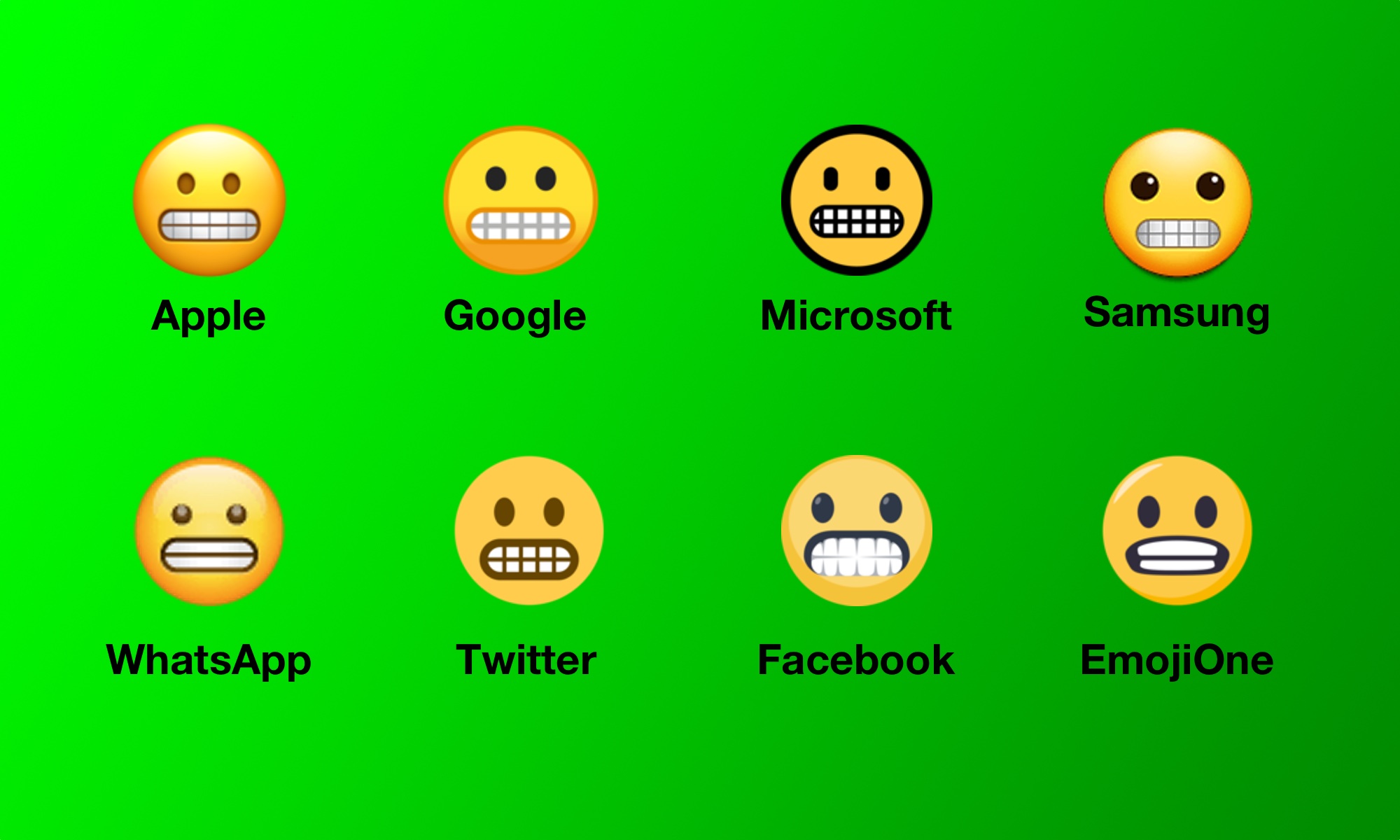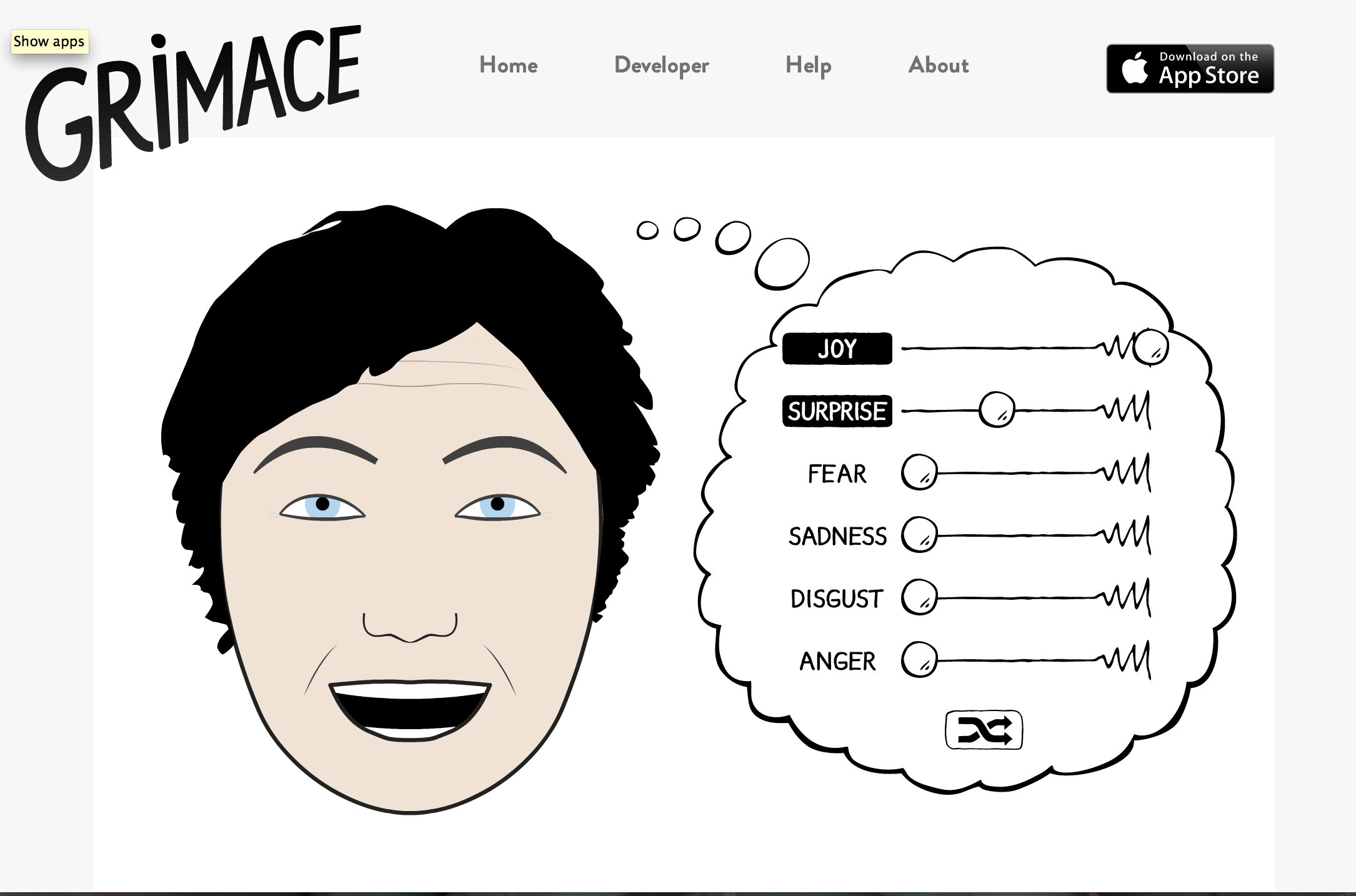Have you ever observed someone making a peculiar face that seems to express discomfort or disapproval? This facial expression, commonly referred to as grimacing, can convey a wide range of emotions, from pain to annoyance, and even mockery. Understanding how to define grimacing provides valuable insight into human emotions and non-verbal communication. In today's world, where communication often happens without words, recognizing and interpreting facial expressions becomes essential. Grimacing, in particular, serves as a fascinating gateway into the complexities of human emotion and behavior.
Grimacing is not merely a random facial expression; it is a rich, often instinctual response that can reveal an individual's inner state or reaction to external stimuli. By studying grimacing, we can better grasp the psychological and physiological mechanisms behind such expressions, leading to enhanced emotional intelligence and empathy. In this article, we will explore the definition of grimacing, its various contexts, and its implications in social interactions.
From the intricacies of facial muscles to the cultural interpretations of grimaces, there is much to uncover about this expressive phenomenon. Whether you encounter it in everyday life or observe it in the performances of actors and entertainers, understanding how to define grimacing can significantly deepen your appreciation of human expression.
Read also:World Wildlife Federation A Global Force For Nature Conservation
What Does It Mean to Define Grimacing?
To define grimacing, we can start by breaking down the term itself. A grimace typically refers to a facial expression that indicates a strong emotional response, often characterized by contorted features that suggest discomfort, pain, or distaste. Unlike a simple smile or frown, a grimace is more complex and can convey multiple emotions simultaneously.
In essence, grimacing can be seen as a non-verbal cue that communicates feelings without the need for words. It can serve various purposes in social interactions, such as expressing empathy, mocking someone, or even signaling a reaction to something unpleasant.
How Are Grimaces Formed?
The formation of a grimace involves specific facial muscles that contract in response to stimuli. Understanding this process can provide insight into why people grimace in certain situations. Here are some key points on how grimaces are formed:
- Facial Muscles: The zygomaticus major, risorius, and corrugator supercilii muscles play a significant role in creating a grimace.
- Neurological Response: The brain processes emotions and triggers the corresponding muscle movements, often instantaneously.
- Contextual Factors: The social and environmental context influences the type of grimace a person may display.
What Are the Types of Grimaces?
Grimaces can be classified into various types based on the emotions they convey. Understanding these distinctions can help us better interpret grimacing in different contexts:
- Pain Grimace: Often seen in situations of physical discomfort or injury.
- Disgust Grimace: A response to unpleasant tastes, smells, or sights.
- Mocking Grimace: A playful or sarcastic expression meant to mimic or ridicule.
- Surprise Grimace: A reaction to unexpected events or stimuli.
Who Are Some Famous Figures Known for Grimacing?
Many actors and entertainers have mastered the art of grimacing, using it to enhance their performances. One notable figure is the legendary comedian Jim Carrey, known for his exaggerated facial expressions and ability to convey a wide range of emotions through grimacing. His unique style has made him a beloved figure in the world of comedy.
Jim Carrey: Biography
| Personal Details | Information |
|---|---|
| Name | Jim Carrey |
| Date of Birth | January 17, 1962 |
| Nationality | Canadian-American |
| Profession | Actor, Comedian, Producer |
| Notable Works | The Mask, Ace Ventura: Pet Detective, The Truman Show |
Why Do We Grimace in Certain Situations?
The reasons behind grimacing can vary greatly depending on context. Here are some common situations where people might grimace:
Read also:Delving Into The Rich World Of Japanese Characters A Comprehensive Guide
- Experiencing Pain: When injured, individuals often grimace involuntarily.
- Tasting Something Unpleasant: A grimace may occur when encountering sour or bitter flavors.
- Seeing Something Disturbing: A visual representation of disgust or horror can elicit a grimace.
How Does Culture Influence Grimacing?
Cultural factors can significantly affect how grimaces are interpreted and expressed. Different societies may have varying norms for non-verbal communication, leading to diverse interpretations of grimacing. For instance, in some cultures, a grimace may be seen as a sign of weakness, while in others, it might be a natural expression of emotion.
What Are the Psychological Implications of Grimacing?
Grimacing can also have psychological implications. Here are some aspects to consider:
- Emotional Release: Grimacing can serve as a form of emotional catharsis, allowing individuals to express feelings they may not articulate verbally.
- Social Bonding: Shared grimacing in response to humor or discomfort can create a sense of connection among individuals.
- Self-Awareness: Recognizing one’s own grimaces can lead to greater emotional awareness and understanding of personal responses.
In Conclusion: The Importance of Understanding Grimacing
In summary, to define grimacing goes beyond merely identifying a facial expression. It encompasses a rich tapestry of human emotion, communication, and cultural interpretation. By understanding the nuances of grimacing, we can enhance our emotional intelligence and foster better connections with others. Whether through the lens of psychology, culture, or performance art, the study of grimacing provides a fascinating insight into the intricacies of human behavior.
As we continue to navigate a world where non-verbal cues play a significant role in communication, recognizing and interpreting grimaces can empower us to engage more deeply with ourselves and those around us.


